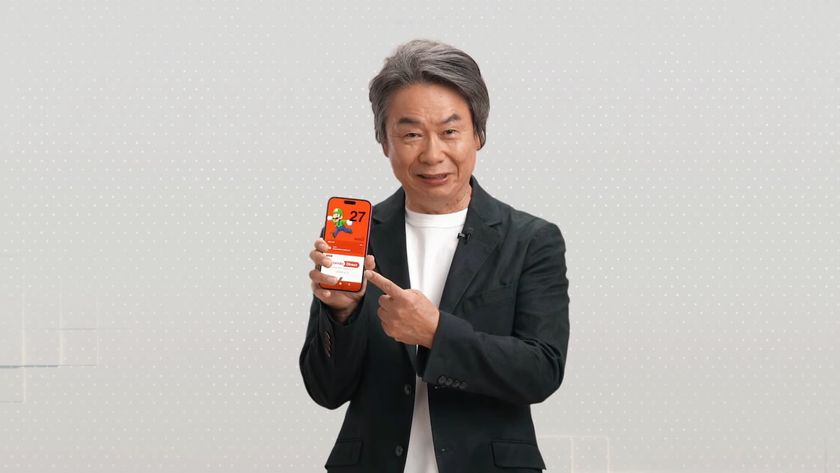Phantom Abyss mixes tomb raiding with Apex Legends-inspired movement
"We weren't 100% sure exactly how people would behave"
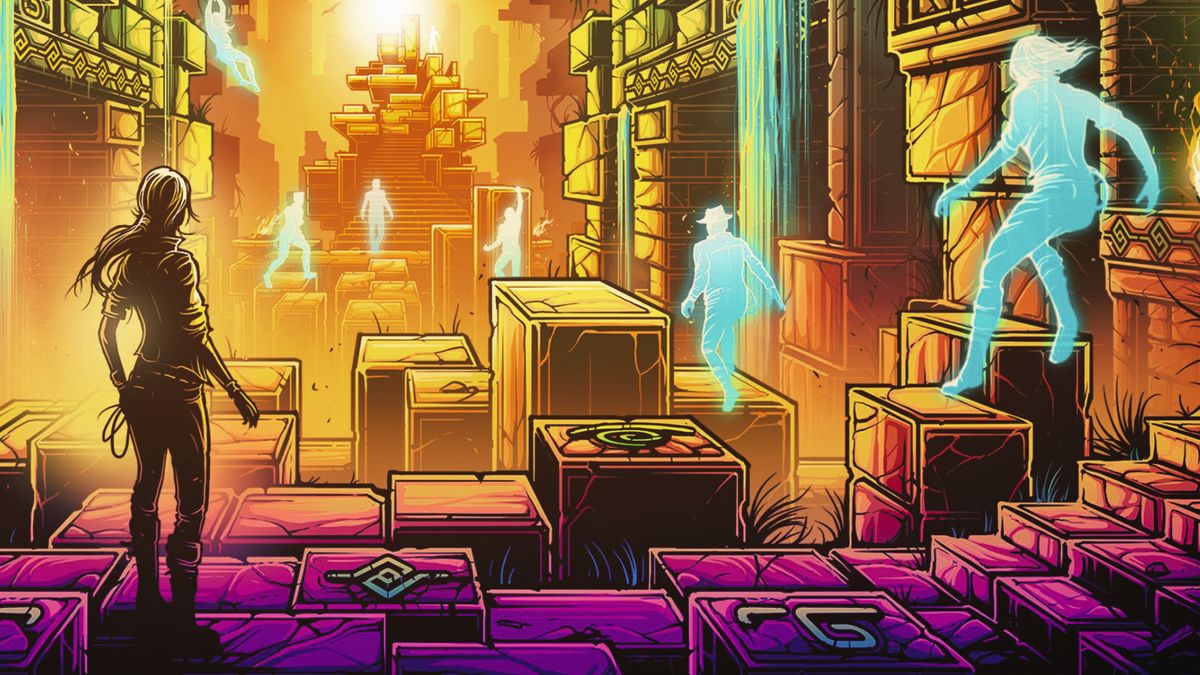
Ben Marrinan was confident he’d hit upon a good idea when he came up with the concept behind Phantom Abyss in 2018. The success of its early access incarnation, then, cannot have been too great a shock. Yet watching players has proved a fascinating insight into human behaviour for Marrinan and his fellow developers at Brisbane-based Team WIBY.
Tasked with hunting down a relic inside a procedurally generated temple, you’re usually accompanied by the phantoms of the explorers who went before you, and who died trying to retrieve the prize. Yet the instinct of most people when faced with these spirits sprinting off into the distance – despite knowing they all failed – is to run immediately after them.
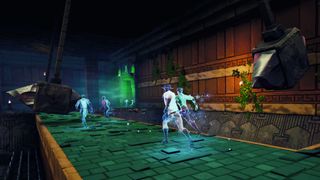
"We weren’t 100 per cent sure exactly how people would behave, and how it would affect how they play," Marrinan says. But it’s clear they didn’t expect this. It seems obvious when he explains it. "Like, you don’t have to beat them to where they’re going because they’re going to die, right?"
And yet we’d be lying if we didn’t admit to following the pack. It’s an information cascade rather than herd mentality, and after a while you do learn to break out of that loop. "But when, like, the tenth person comes along and they’re seeing nine people just sprint away, they’re like, ‘Well, I guess I’m sprinting now.’ When that isn’t what you have to do at all!" By contrast, when players enter a temple and they’re told they’re the first to explore it, their natural inclination is to slow down. Again, we can fully vouch for that.
Chasing ghosts
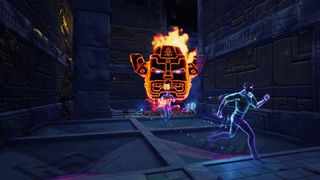
The phantoms, Marrinan says, came before anything else. It was early 2018, the time of the battle royale boom – "a couple of months before Fortnite exploded, and PUBG was the biggest game in the world" – when he began to think up concepts for a multiplayer game where only one person wins (WIBY being an acronym for Will It Be You?). Conscious of the fact that the studio only had three staff and couldn’t compete on scale, it made sense to have other players present, but to make the game asynchronous. From a development perspective, he notes, without a shred of irony, that ghosts were "less scary".
Well, the end result has proved him right: unlike in your average survival horror, everyone’s running after them. And those hapless spectres are helpful, up to a point at least. They might guide you to a cache of treasure, giving you coins to donate at shrines for perks that give you a chance of restoring your health when you’d normally take fall damage, or let you tank a hit from a slicing blade.
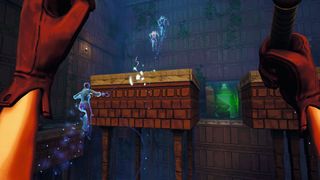
Or you might just quicken the crack of your bullwhip. This surrogate grapple is Phantom Abyss’ other stroke of genius. It’s hard to imagine the game without it, in fact, so we’re mildly alarmed to learn it only arrived "around two years in." Of all the ways you get around, from the roll before landing that negates fall damage to the sliding and jumping (Marrinan says that while a lot of developers cite Mirror’s Edge as their main influence for firstperson locomotion, Apex Legends inspired how you move in Phantom Abyss), it was the easiest to refine. "There’s all sorts of stuff that happens behind the scenes, right? We do all sorts of stuff to move you to where we think you want to go, to make it feel good." None of which makes those last-second escapes when a floor falls away beneath you any less exhilarating.
Sign up to the 12DOVE Newsletter
Weekly digests, tales from the communities you love, and more
But for Marrinan, one of the biggest thrills of taking the game through early access has been the community. A game that appears on the surface to be competitive has fostered a spirit of collaboration, since new explorers can benefit from those phantoms, using special codes to retrieve keys or special whips from the fallen. "Everyone’s just trying to help one another, basically. It’s been really lovely. I’m so glad we entered early access, and I can’t wait to give everyone some of the stuff that I think is going to take the game to the next level."
This feature first appeared in Edge magazine. For more like it, subscribe to Edge and get the magazine delivered straight to your door or to a digital device.
Edge magazine was launched in 1993 with a mission to dig deep into the inner workings of the international videogame industry, quickly building a reputation for next-level analysis, features, interviews and reviews that holds fast nearly 30 years on.

